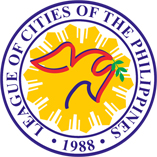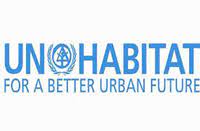Liveable cities
TOWARDS GREEN AND HEALTHY COMMUNITIES
ASSURE President Nathaniel “Dinky” von Einsiedel’s presentation centers on the spatial implications of the pandemic and the necessary urban developments that can mitigate the spread of future contagions and reduce adverse social, economic, and environmental impacts on cities. All these as we build greener and healthier communities.
Regions, cities and down to neighborhoods have all experienced drastic changes due to the health crisis. The pandemic has revealed the vulnerabilities of supply chains and the inequitable distribution of essential services on both a regional and city scale. Border closures and lockdowns have limited the movement of people, goods, and services - ultimately affecting transport and logistics systems and the connectivity between urban and rural areas.
To meet this challenge, building resilient supply chains involves integrating logistics and a mobility network in land use and transport plans. The presentation also provides striking examples of compact, 15-minute neighborhoods and repurposed public spaces for emergency and disaster use.
“Cities with a more equitable and accessible distribution of basic services were able to manage risks in their communities - emphasizing that well-planned and spatially equitable cities were more resilient to health crises and future shocks,” Dinky concluded.
Other articles on Green Spaces and Open Buildings:
- GREEN BUILDINGS AND OPEN SPACES - Paulo Alcazaren
- PARTNERSHIPS FOR A LIVEABLE ILOILO CITY - Mayor Jerry Trenas
- GREEN BUILDINGS AND OPEN SPACES - Cathy Saldana











